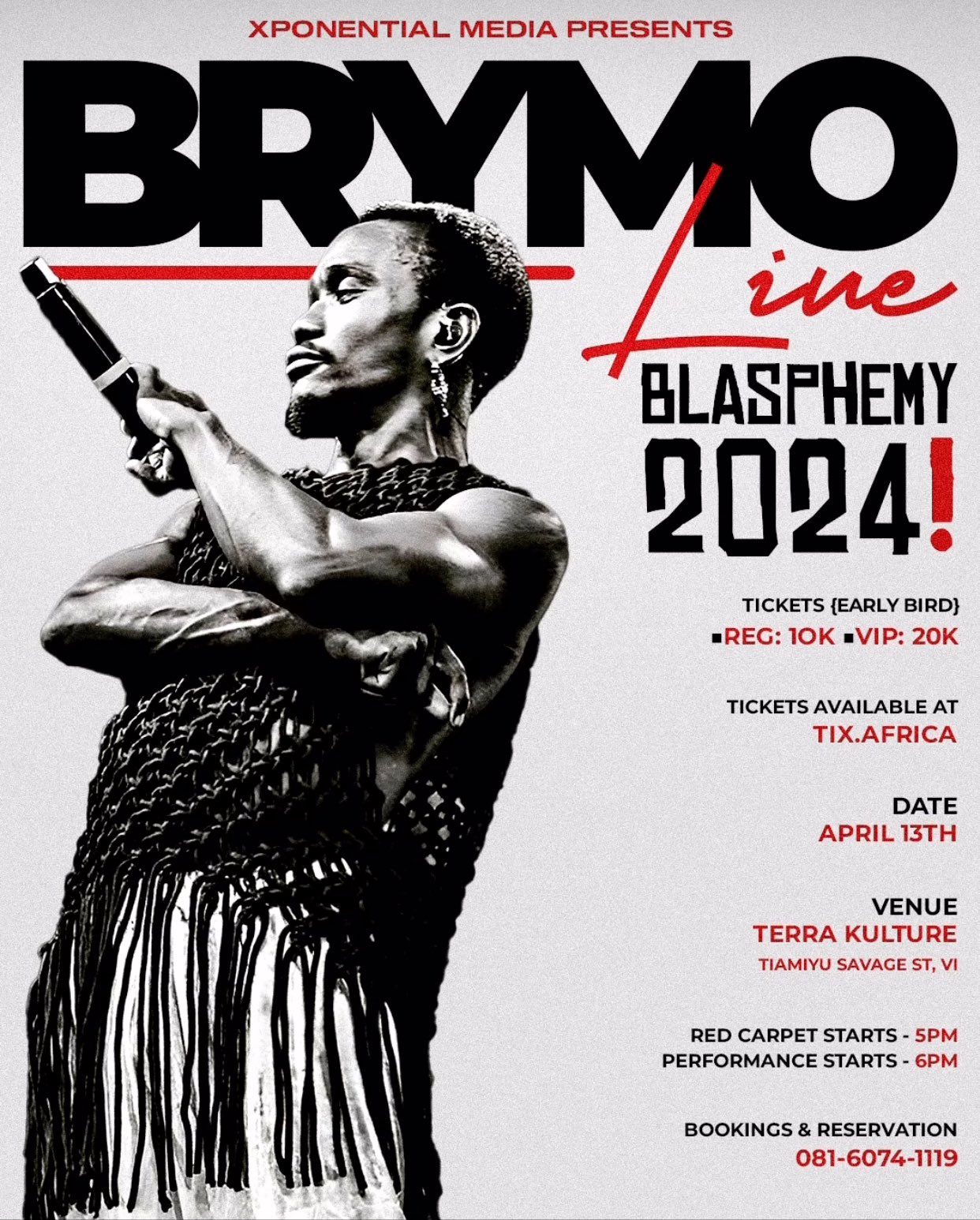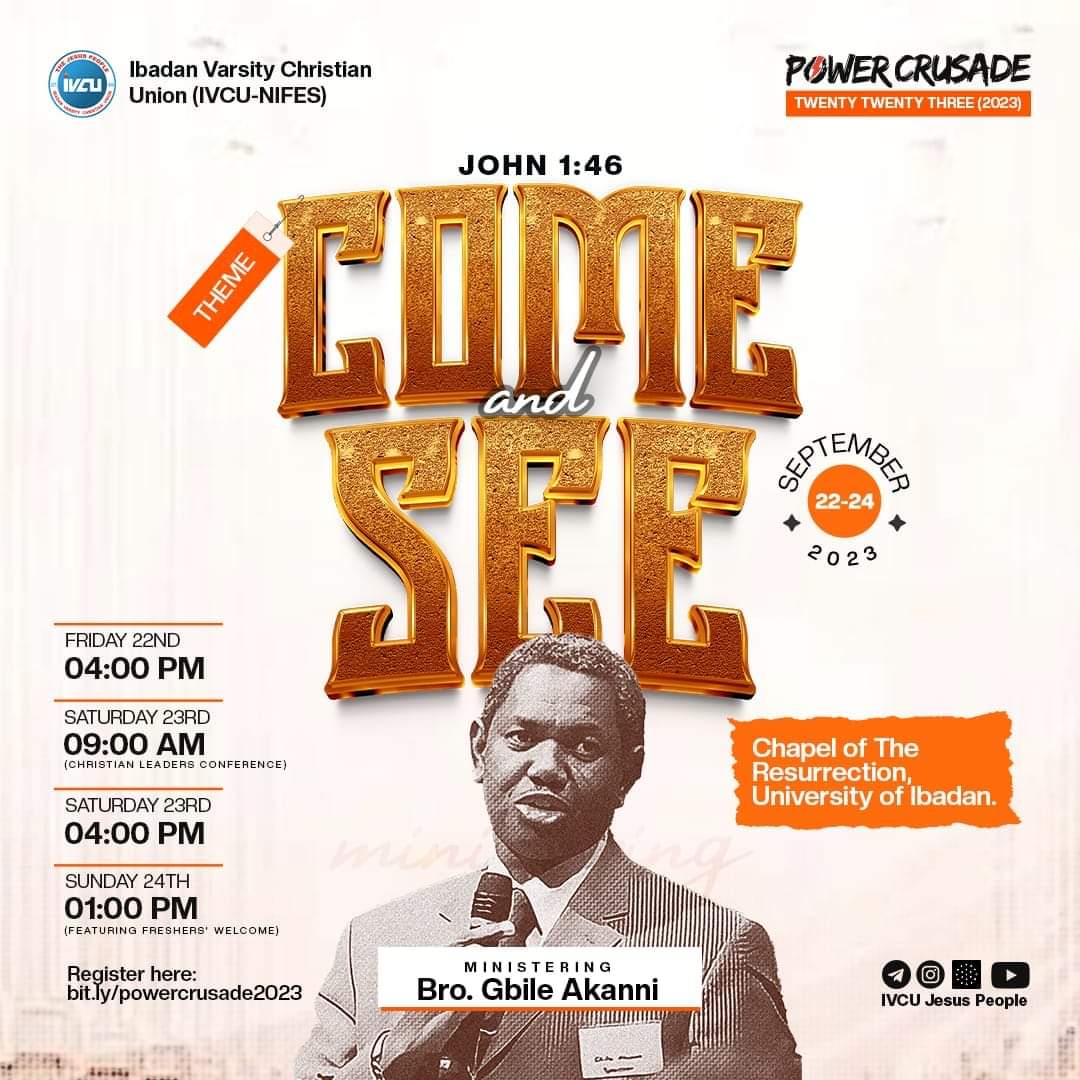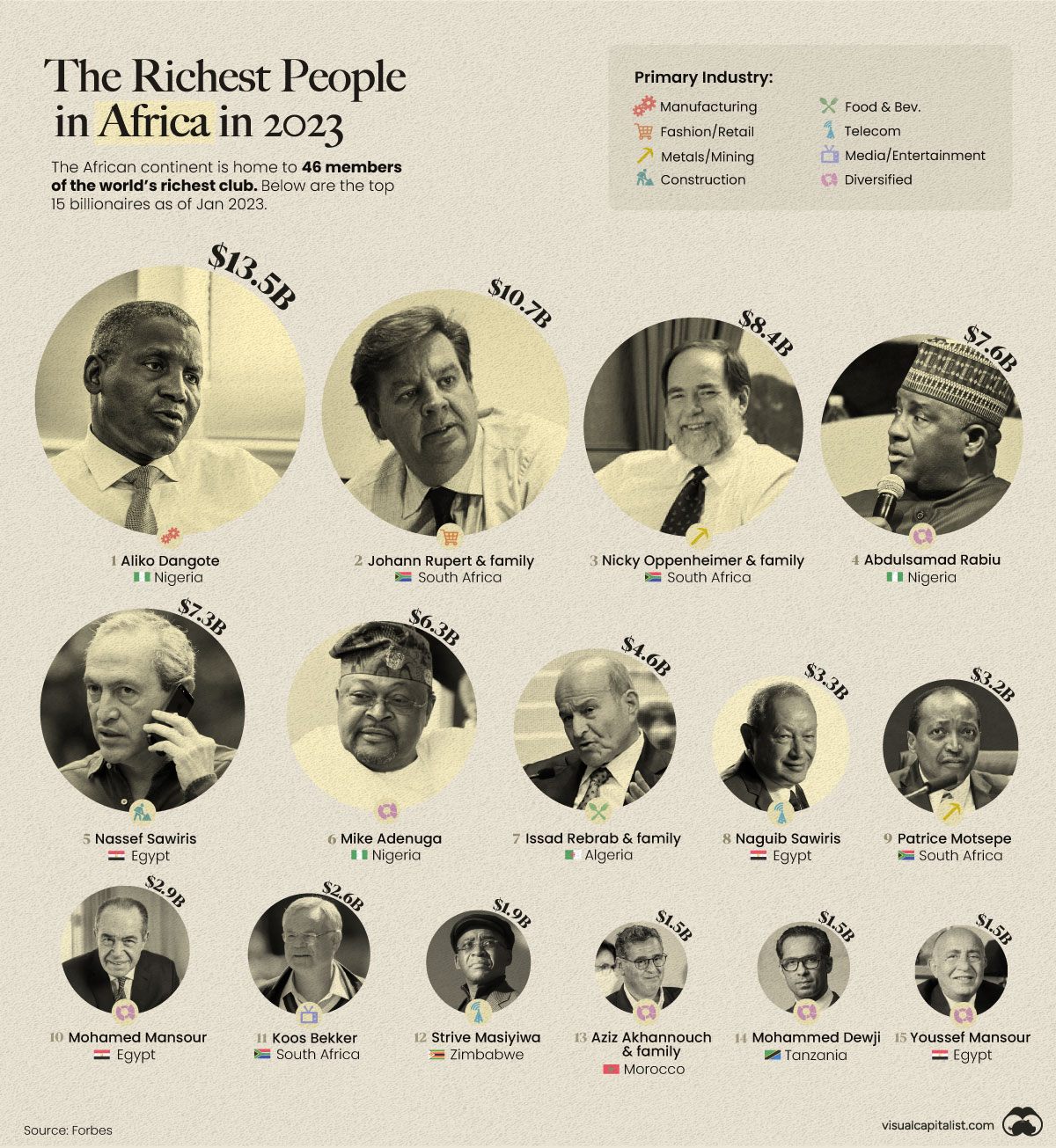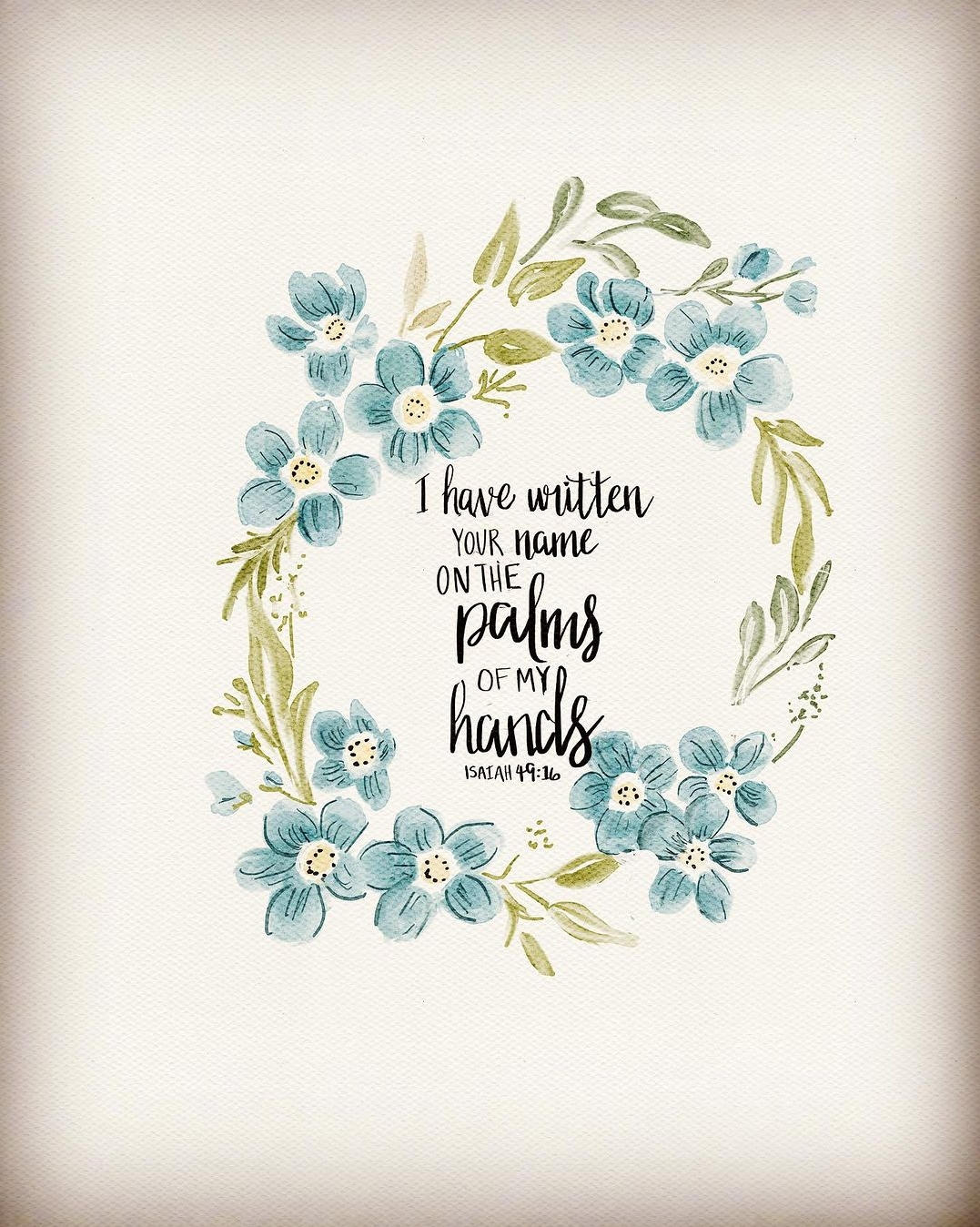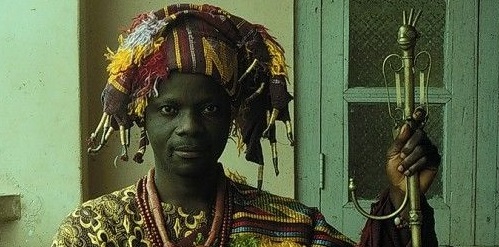
Òsùgbó was a civic association in nineteenth century Remo in present day Ogun state. In many towns it not only formulated and executed local law, but could also dethrone or execute an unpopular ruler. Òsùgbó’s basic membership was open to freeborn men and women from early adulthood. This association has long been understood as an equivalence of the Ògbóni society of other Yoruba groups. Remo leaders such as Haastrup and Mellor was compelled to rebrand it as another local civic association or a kind of freemasonry. A considerable number of local Christian groups also favored the Christianization of the association. Haastrup, who was a Methodist lay preacher, had joined the Òsùgbó of Ofin, in 1894 and promoted it to the colonial power as a noble institution.



